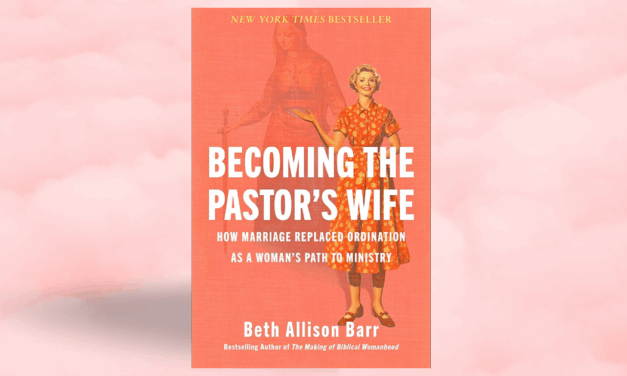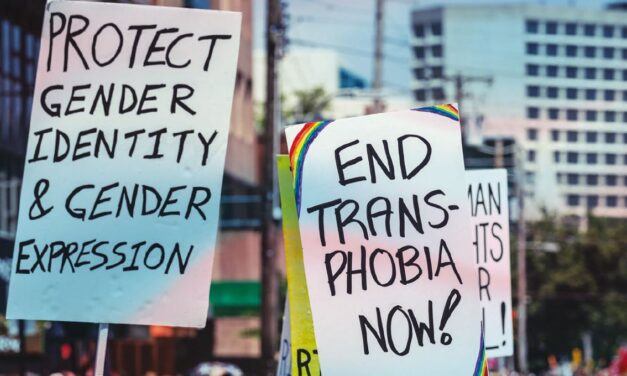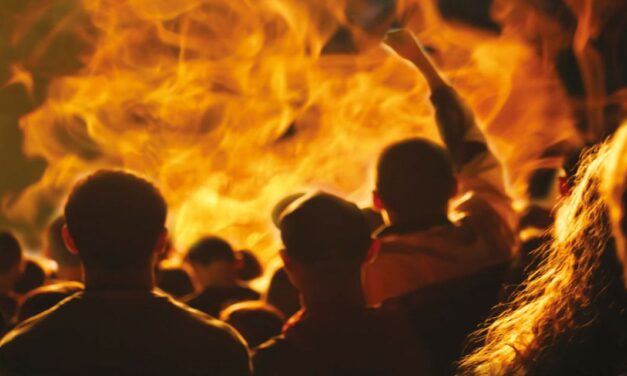The following is an excerpt from article DH055-1 from the Christian Research Journal. The full article can be viewed by following the link below the excerpt.
TEN PERCENT OF THE POPULATION?
Perhaps the most fascinating statistic cited (constantly and confidently) in research of homosexuality is that ten percent of the United States population is homosexual. The implication is that this is probably just as true in most other societies as well. I say this is fascinating because virtually nobody knows (or at least cites) where this statistic comes from. The Family Research Institute asks, “How many homosexuals are there? USA Today said ’25 million gay men and lesbians’ (11/13/91) [i.e., about 10% of the US population]. The Washington Times said ’10 percent of American men are homosexual and 5 percent of women are lesbian’ (11/19/91). The American Psychological Association assures us that homosexuality is ‘an orientation found consistently in about ten percent of the male population and approximately five percent of the female population’ (2/6/89).”4 Just this week, as I was preparing to put this article together, I watched “Teen Connection,” a public broadcast program.5 Its topic was “Sexual Orientation” with a panel consisting of a homosexual teenage boy, the boy’s mother, a young lady who is a lesbian, and an adult homosexual “counselor.” Within the course of an hour the ten percent figure was cited three times, being adduced as evidence of just how many people out there need our encouragement and understanding. They had a panel of phones for those who had questions or needed counseling themselves. I called in and asked them where the ten percent figure came from. The lady I spoke with did not know, and neither did another phone counselor she asked. The truth is that this ten percent statistic comes from a report published more than 40 years ago — the famous 1948 study led by William Kinsey.6 The only problem with this report is that its findings were terribly flawed by the methodology used to collect the supposedly representative sample of the U.S. population.7 Why were his findings flawed? For several reasons, first and foremost being that approximately 25 percent of the 5,300 individuals Kinsey studied were prison inmates, “who by the nature of their confinement, couldn’t have heterosexual intercourse.” In addition, 44 percent of these inmates had had homosexual experiences while in prison.8 This was hardly a representative sample of the American population. But there were other major flaws in the group selected for the research. Kinsey admitted that “several hundred male prostitutes” were used in his sample. This alone would make a major difference in his findings.9 In addition there was clearly a “volunteer bias.” In attempting to select a representative group to work with, one does not merely run an ad and accept anyone who responds. Research has shown that those responding to a study as intimate as the one Kinsey was doing would not be representative of the general population. In fact, the widely renowned psychologist Abraham Maslow pointed this out to Kinsey before his findings were published, but he refused to listen.10 To make matters worse, the people who refer back to this old and flawed study do not quote it accurately. Kinsey did not say that 10 percent of the entire U.S. population was homosexual. Rather, he affirmed that ten percent of white American males were “more or less” exclusively homosexual for at least three years of their lives between the ages of 16 and 65. The statistic for females was five percent. The actual percentage of those thought to be exclusively homosexual for their entire lives was only four percent of men and two or three percent of women, all based on his allegedly representative sample of the population.11 What are the real figures as far as we can tell today? One recent study of men conducted between 1984 and 1987 by David Forman, the senior staff scientist at the Radcliffe Infirmary (Oxford, England), found that only 1.7 percent of the sample study had ever had homosexual intercourse.12 An even more recent study, conducted at the University of Chicago in 1989 and reported at the 1990 meeting of the American Association for the Advancement of Science, resulted in a figure “less than 1% exclusively homosexual.”13 Are these results significant? Well, they are significant in at least setting the record straight as to the actual scope or parameters of the debate. There is quite a difference between one or two percent of the population being homosexual as opposed to ten percent of the population. Obviously, the higher the percentage cited as being homosexual, the more influence those in the gay rights movement can wield.








